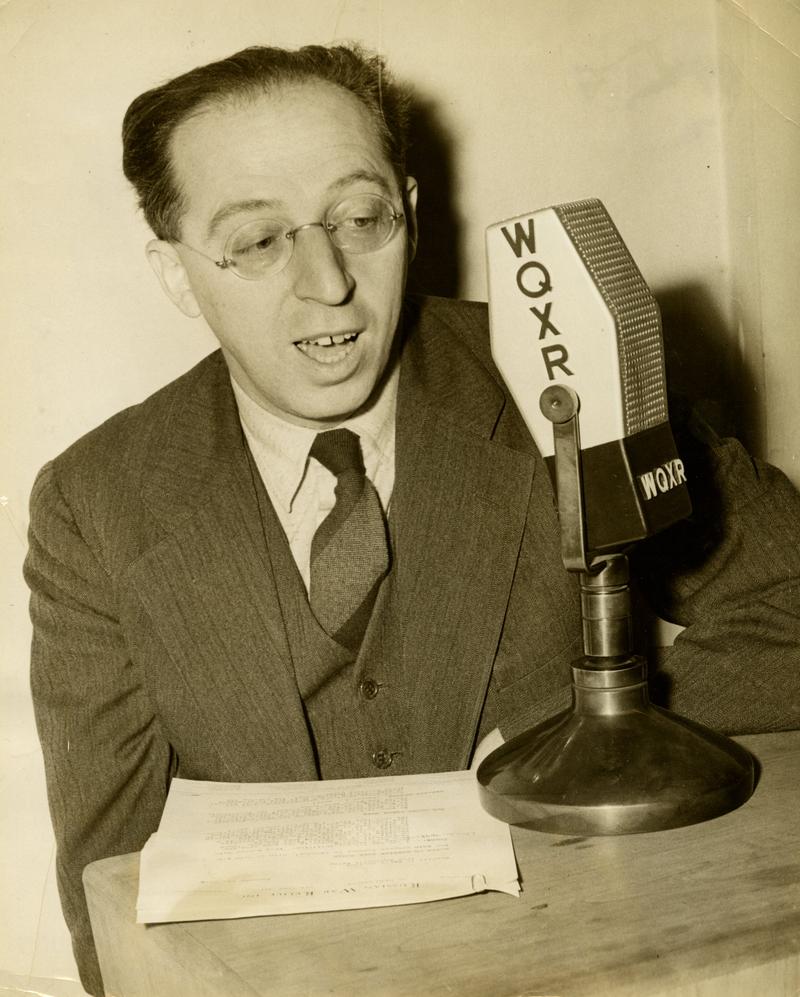

Still, the fanfare struck a chord that called for American courage when it was most needed. A few critics even complained that some of Copland’s music roused the kind of intense nationalist feelings that caused wars. Not all of Copland’s fellow artists were as pleased as the public by Fanfare for the Common Man, however. Fanfare for the Common Man seems to capture in music the notion of people bravely joining forces to stand against danger.

Finally, the growls of trombones and tuba emerge from below as the fanfare builds to its climax-the brass ensemble establishing a powerful wall of sound. French horns join the trumpets, building support and harmony. Then the clear, clarion call of three trumpets, playing in unison, establishes the main theme. It starts with percussive drums, gong, and timpani, rumbling like a distant battle. Unlike most fanfares, Copland’s is slow and majestic. He deserved a fanfare.”įanfare for the Common Man premiered on March 12, 1943, and the three-minute musical work stirred patriotic feelings like few others did. “I sort of remember how I got the idea of writing Fanfare for the Common Man,” he recalled later, “-it was the common man, after all, who was doing all the dirty work in the war and the army.

Most of the songs had military themes, such as A Fanfare for Airmen, A Fanfare for the Fighting French, and Fanfare for the American Soldier.Ĭopland came at the assignment from a more grassroots level. The Cincinnati Symphony played the commissioned fanfares to begin their concerts during the 1942–43 season. The last title refers to a 1941 speech by President Roosevelt in which he listed the four freedoms people everywhere should enjoy: Other titles Aaron Copland considered for his fanfare were Fanfare for the Spirit of Democracy, Fanfare for the Rebirth of Lidice-a town in Czechoslovakia that had been destroyed by the Nazis, and Fanfare for Four Freedoms. His arrangement for the ballet Appalachian Spring (1944) won the prestigious Pulitzer Prize for music in 1945, and remains a popular standard on classical radio and in symphonic repertoires today. His Lincoln Portrait (1942) masterfully blends orchestra and spoken words from that president’s speeches and letters. Two other Copland creations are commonly performed today. Copland also scored the films The Red Pony (1948) and Of Mice and Men from novels by John Steinbeck, as well as Our Town (1940), a film version of Thornton Wilder’s classic play about small-town life. His ballet Billy the Kid (1938) tells a tale of that young, famous outlaw in dance and music. For this ability, he has been called the “Dean of American Composers.”įor a city-slicker, Copland demonstrated a remarkable talent for rendering the earthy American west and pioneer life in his music. Born in Brooklyn, New York, he wove classic American folk songs and folk styles into modern orchestral arrangements with powerful emotional range. The music of Aaron Copland ranges across the American landscape. This is the story behind Fanfare for the Common Man by Aaron Copland.Īaron Copland (1900–1990): “Dean of American Composers” Of those songs, one achieved lasting fame. “It is my idea to make these fanfares stirring and significant contributions to the war effort,” Goossens explained. These rousing, short musical pieces feature brass and percussion in all their ferocious glory. In 1942, for example, Eugene Goossens, conductor of the Cincinnati Symphony, commissioned 18 composers to write fanfares. Even school kids pitched in, collecting scrap metal, rubber, and other materials needed for the war effort.Īrtists, filmmakers, and musicians did their part, too.

Businesses, factories, and workers stopped making cars and many consumer goods, and instead manufactured aircraft, tanks, guns, bullets, and bombs. Men and women enlisted in the military by the millions. It would require the mass mobilization of almost every part of American society. It was far too big to be won by military leaders, generals, and well-trained troops alone. This was a giant of a war-what would become the most widespread, destructive conflict in human history. needed to ready itself quickly for the fight. Japanese planes had struck our naval base at Pearl Harbor, Hawaii, and other Pacific targets in a devastating surprise attack. The United States had avoided getting drawn into direct fighting-until now. Then, in 1941, it turned its armies eastward to invade the Soviet Union. Nazi Germany had overrun most of Europe in 1939–1940. The Japanese had invaded China ten years earlier. Roosevelt stood before Congress and delivered the news to the nation: The U.S. "Yesterday, December 7, 1941-a date which will live in infamy-the United States of America was suddenly and deliberately attacked by naval and air forces of the Empire of Japan."


 0 kommentar(er)
0 kommentar(er)
